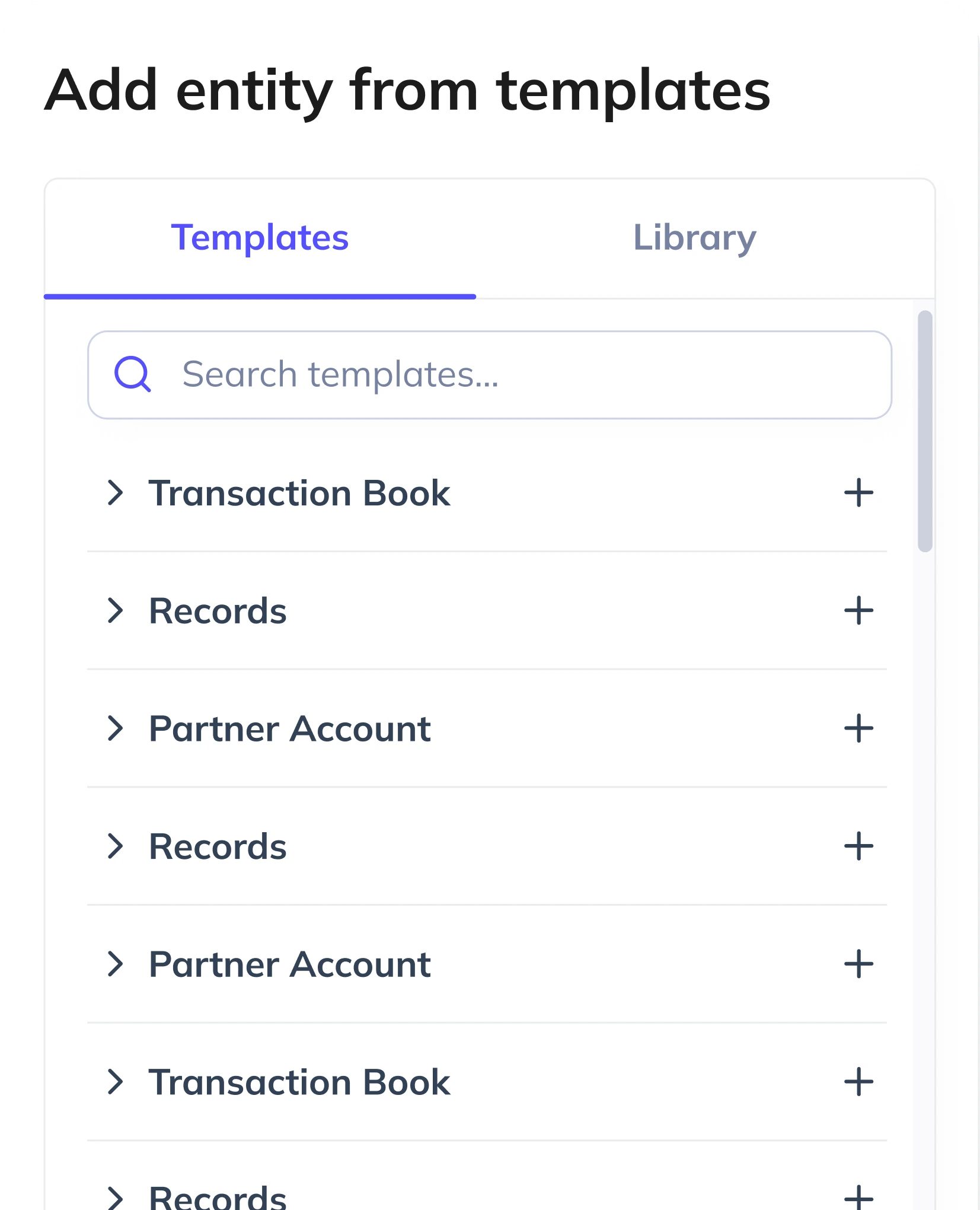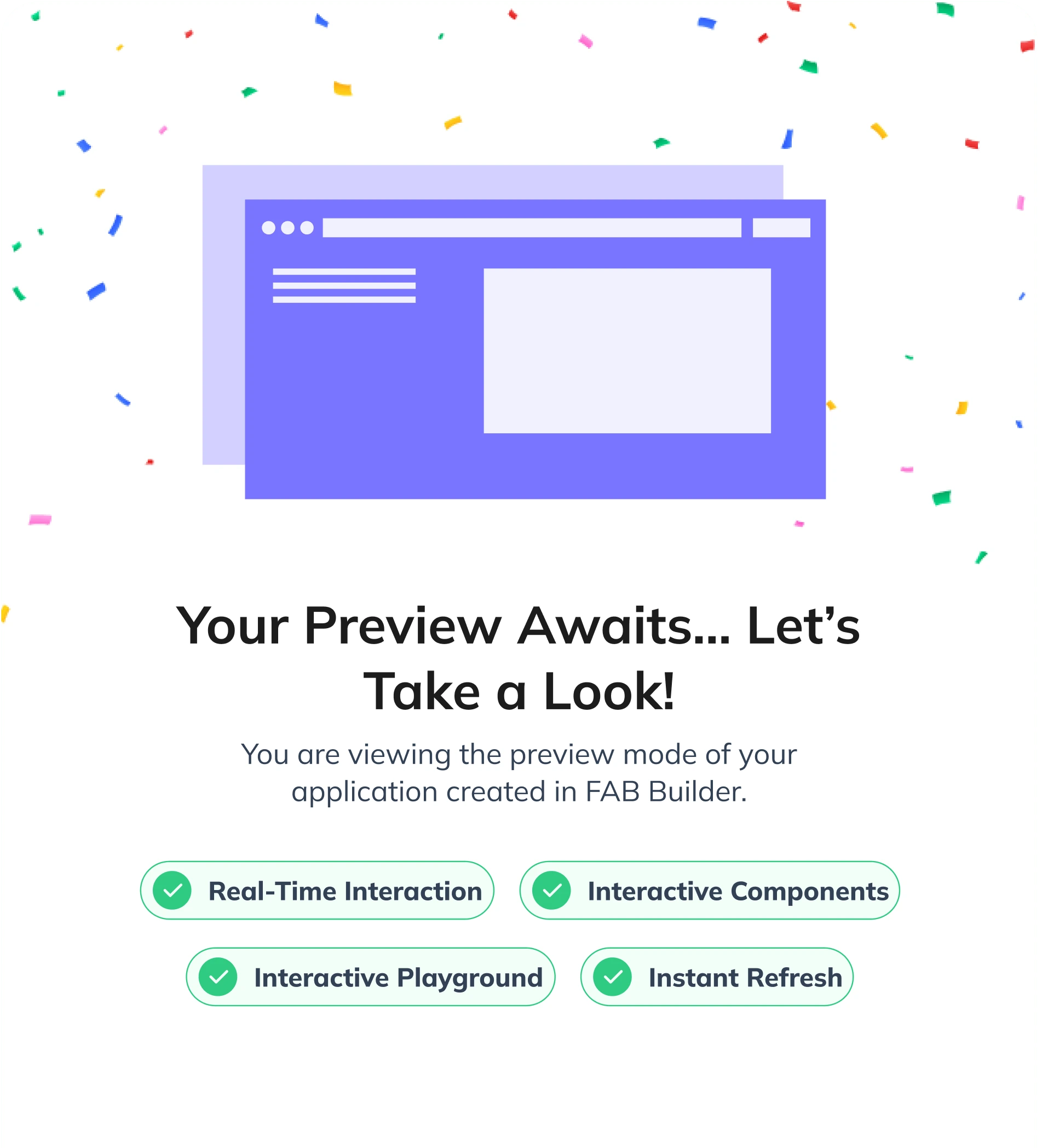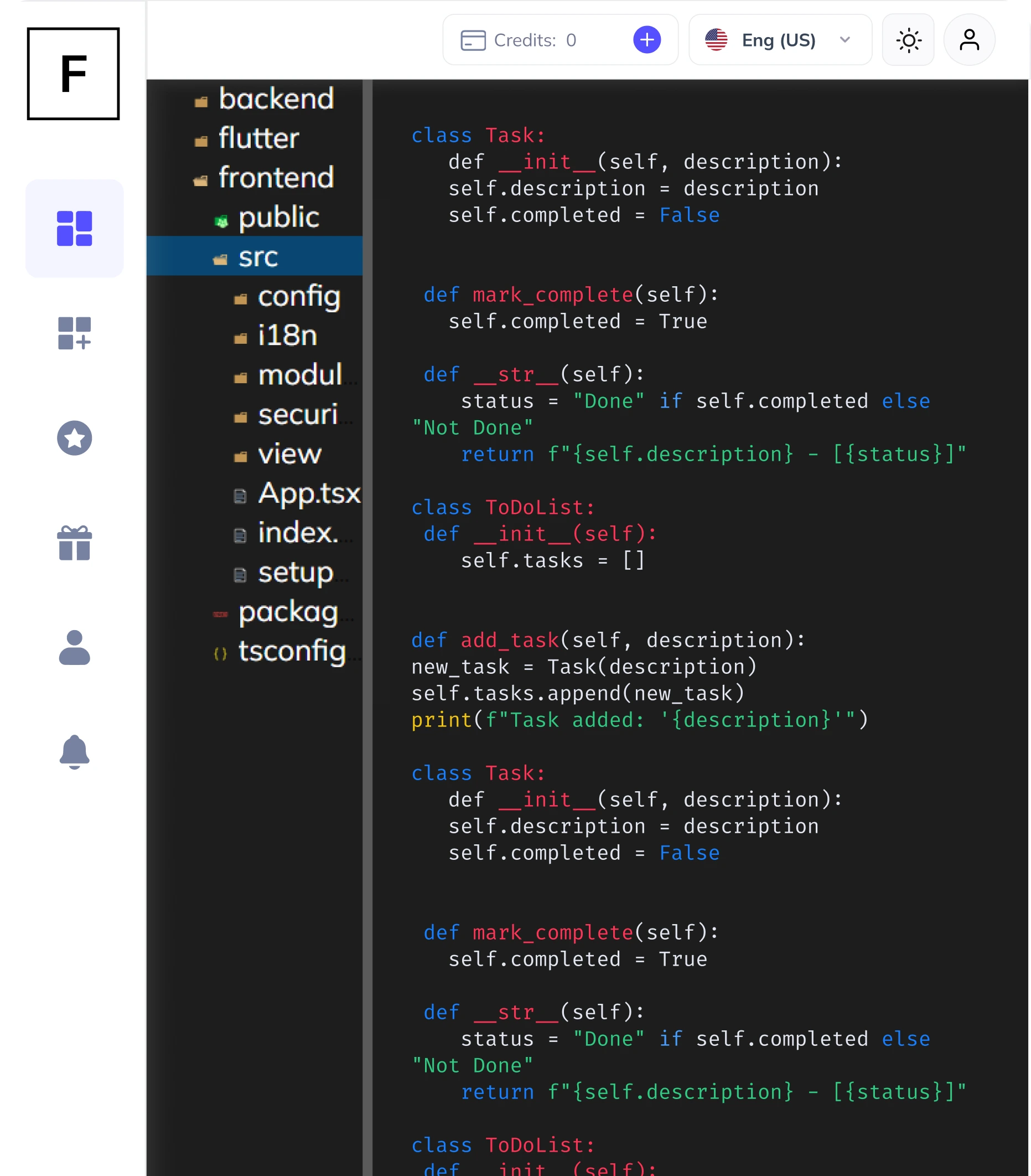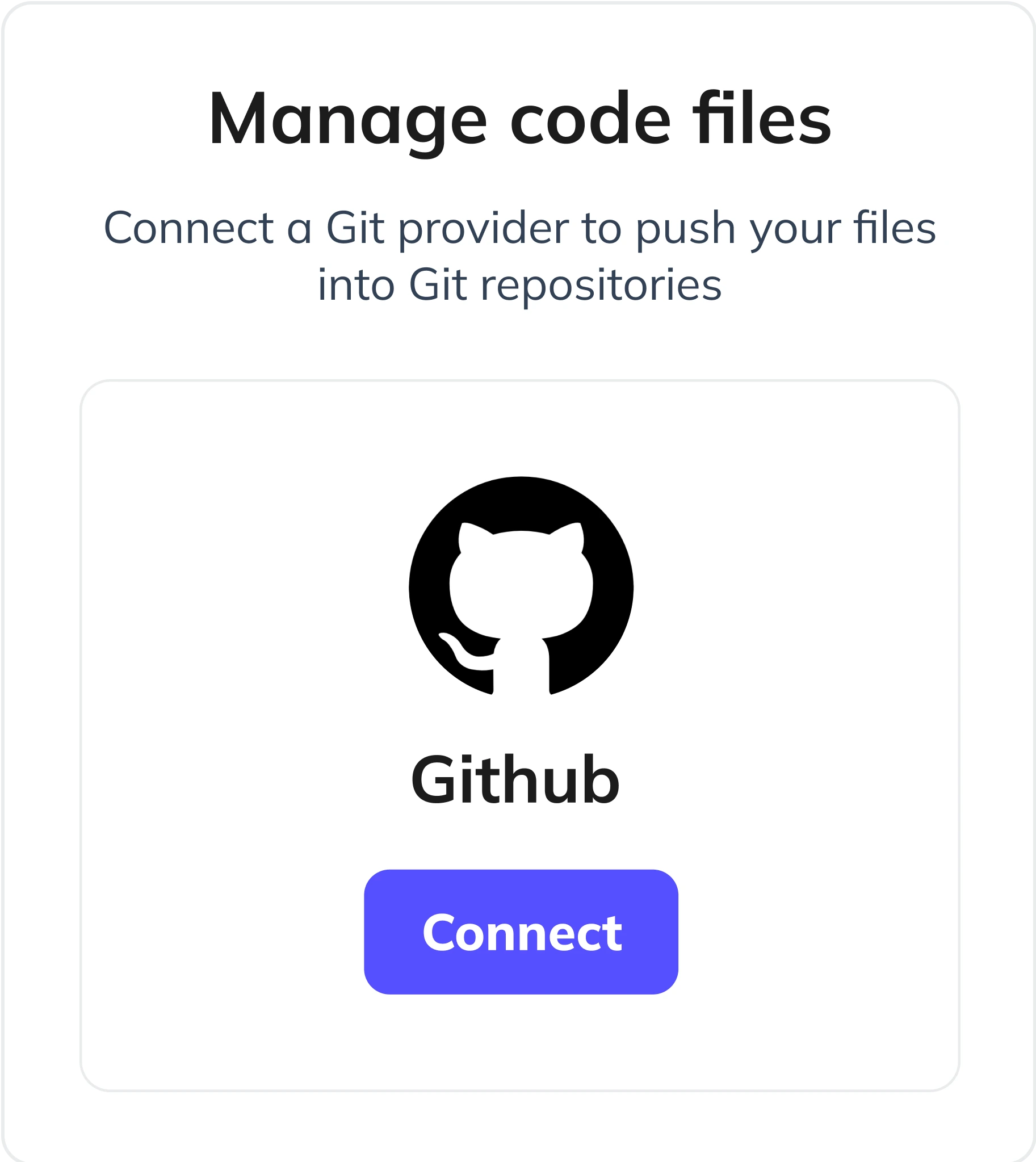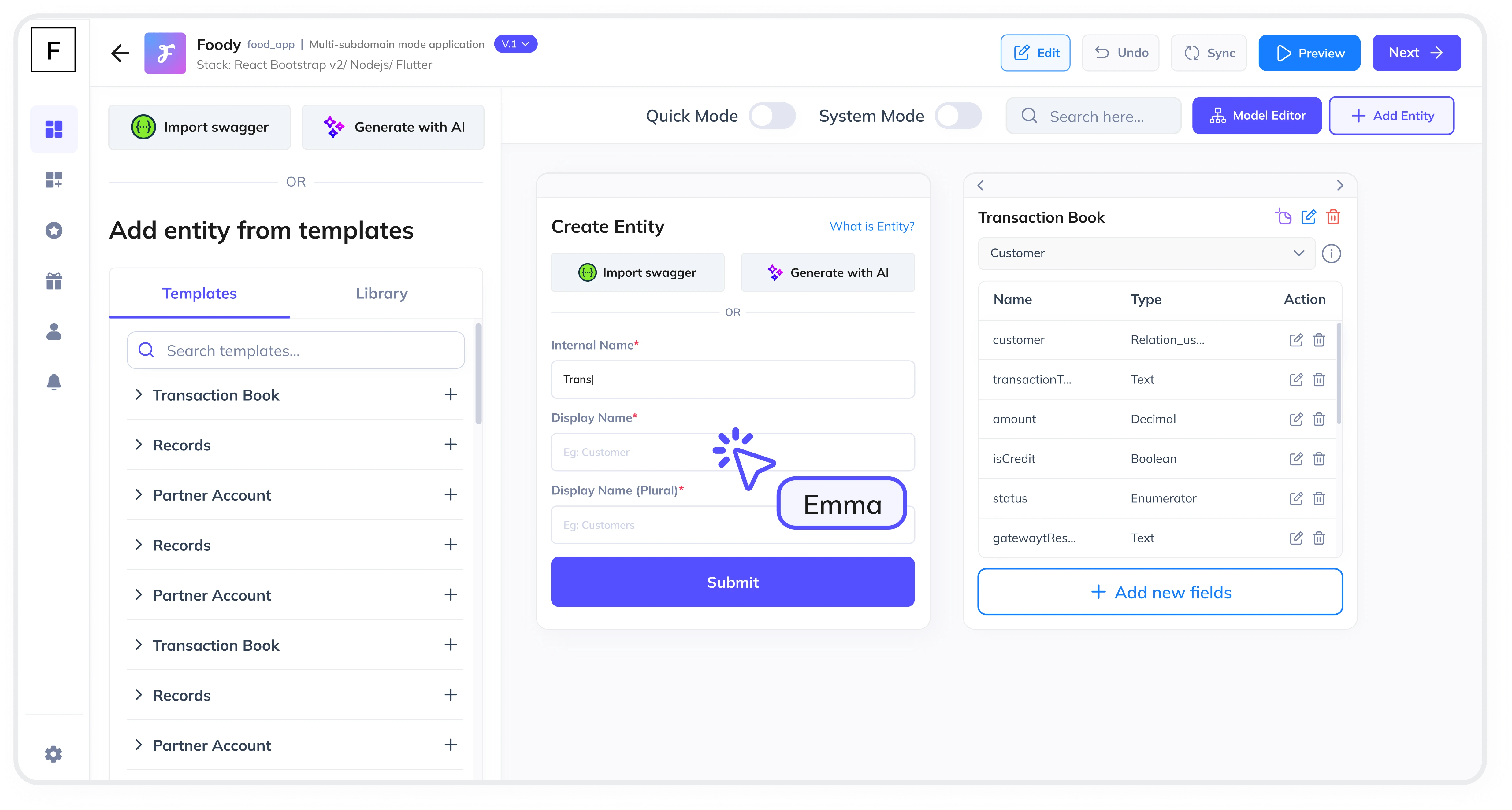Summarize and analyze this article with:
Nonprofit organizations and donation platforms rely heavily on donor management to track contributions, engage supporters, and maximize fundraising efforts. A well-designed Donor Management Module can streamline these processes, enabling organizations to focus on their mission. In this guide, we’ll walk you through the steps to create a Donor Management Module using FAB Builder, a powerful low-code platform that simplifies application development.
Why Use a Low-Code Platform Donor Management Module?
Low-code platforms like FAB Builder simplify application development by reducing the need for extensive coding. This allows organizations to:
- Save time and resources during development.
- Focus on innovation and business logic rather than technical complexities.
- Quickly adapt to changing requirements with flexible tech stacks.
Why a Donor Management Module is Essential
A Donor Management Module is a critical component for nonprofit organizations. It helps in:
- Tracking donor information and donation history
- Segmenting donors based on engagement levels
- Automating communication and follow-ups
- Generating reports for better decision-making
Step 1: Define Your Requirements
Before diving into development, outline the key features your Donor Management Module should have. Common features include:
- Donor Profiles: Store donor details like name, contact information, and donation history.
- Donation Tracking: Record and categorize donations.
- Communication Tools: Send automated emails or SMS for acknowledgments and updates.
- Reporting: Generate insights on donor behavior and fundraising progress.
- Role-Based Access: Ensure data security with role-based permissions.
Step 2: Choose the Right Technology Stack
With FAB Builder, you can choose from a variety of technology stacks like MERN, MEAN, ReactJs, Vue, Angular, or even native mobile development for Android and iOS. FAB Builder’s flexibility ensures that your Donor Management Module can adapt to your organization’s needs and scale as required.
Step 3: Design the Database Schema
Create a database schema to store donor information, donation records, and communication logs. FAB Builder’s AI-assisted entity creation can help you design a robust schema based on your application description. For example:
- Donor Table: Name, Email, Phone, Address, Donation History
- Donation Table: Amount, Date, Campaign, Payment Method
- Communication Table: Message Type, Sent Date, Recipient, Status
Step 4: Develop the User Interface
Design an intuitive user interface for your Donor Management Module. FAB Builder supports UI frameworks like ReactJs with AntDesign, Tailwind, Bootstrap, and Material Design, ensuring a seamless user experience. Key UI components include:
- Donor Dashboard: Overview of donor activity and metrics.
- Donation Forms: Easy-to-use forms for recording donations.
- Communication Center: Manage emails and SMS campaigns.
Step 5: Implement Role-Based Permissions
Ensure that sensitive donor data is accessible only to authorized personnel. FAB Builder’s built-in role-based permission system allows you to control access to different modules and features.
Step 6: Add Bulk Data Import and Export
FAB Builder automatically generates Excel templates for bulk data import and export. This feature is particularly useful for nonprofits that need to analyze donor data or migrate records from legacy systems.
Step 7: Integrate Payment Gateways
Enable seamless donation collection by integrating payment gateways like Stripe, RazorPay, or PayPal. FAB Builder supports multiple payment gateways, making it easy to accept one-time or recurring donations.
Step 8: Deploy and Scale
Once your Donor Management Module is ready, deploy it to the cloud with a single click using FAB Builder’s managed hosting services for AWS, GCP, or Azure. The platform ensures that your application is production-ready and scalable.
Bonus: Create SaaS Applications with Multi-Tenant Configurations
With FAB Builder, you can extend your Donor Management Module into a full-fledged SaaS application. Use multi-tenant configurations to sell subscriptions to other nonprofits or donation platforms, creating a new revenue stream for your organization.

Use Cases for a Donor Management Module
A Donor Management Module is essential for nonprofit organizations and donation platforms to:
- Track donor information and contributions.
- Send personalized communications to supporters.
- Analyze donation trends and generate reports.
- Manage recurring donations and payment integrations.
Benefits of Using FAB Builder
FAB Builder offers several advantages for creating a Donor Management Module:
- Time Efficiency: Rapidly develop and deploy applications with minimal coding.
- Customization: Tailor the module to meet your organization’s unique needs.
- Scalability: Easily scale your application as your donor base grows.
- Security: Role-based permissions and multi-layer security ensure data protection.
Key Features of FAB Builder
FAB Builder’s Donor Management Module comes packed with features to enhance your nonprofit operations:
- Bulk Data Import/Export: Import and export donor data via Excel templates for easy reporting and analysis.
- Configurable File Storage: Choose from local file systems, AWS S3, Google Cloud Storage, or other S3-compatible providers.
- Payment Gateway Integration: Integrate with Stripe, RazorPay, PayPal, and more to collect donations seamlessly.
- Role-Based Permissions: Control access to donor data and features based on user roles.
Why Choose FAB Builder for Your Donor Management Module?
FAB Builder is a low-code platform that empowers organizations to build full-stack applications, including mobile apps, with ease. Here’s why FAB Builder is the ideal choice for creating a Donor Management Module:
- Production-Ready Code: All code generated by FAB Builder is downloadable and customizable, ensuring full ownership of intellectual property.
- AI-Assisted Entity Creation: Describe your application, and FAB Builder will automatically generate entities and fields.
- Multi-Tenant Configurations: Build SaaS applications and sell subscriptions to B2B consumers with ease.
- Flexible Tech Stack: Choose from MERN, MEAN, React, Vue, Angular, Node.js, .NET, Java, and more.
- Managed Hosting: Deploy your application to AWS, GCP, or Azure with a single click.
Conclusion
Creating a Donor Management Module for nonprofit and donation platforms is a breeze with FAB Builder. Its low-code approach, AI-assisted entity creation, and flexible tech stack make it the perfect tool for organizations looking to streamline donor management and maximize fundraising efforts. With FAB Builder, you can also build SaaS applications using multi-tenant configurations, enabling you to sell subscriptions to B2B consumers.
Start building your Donor Management Module today and take your nonprofit operations to the next level!






